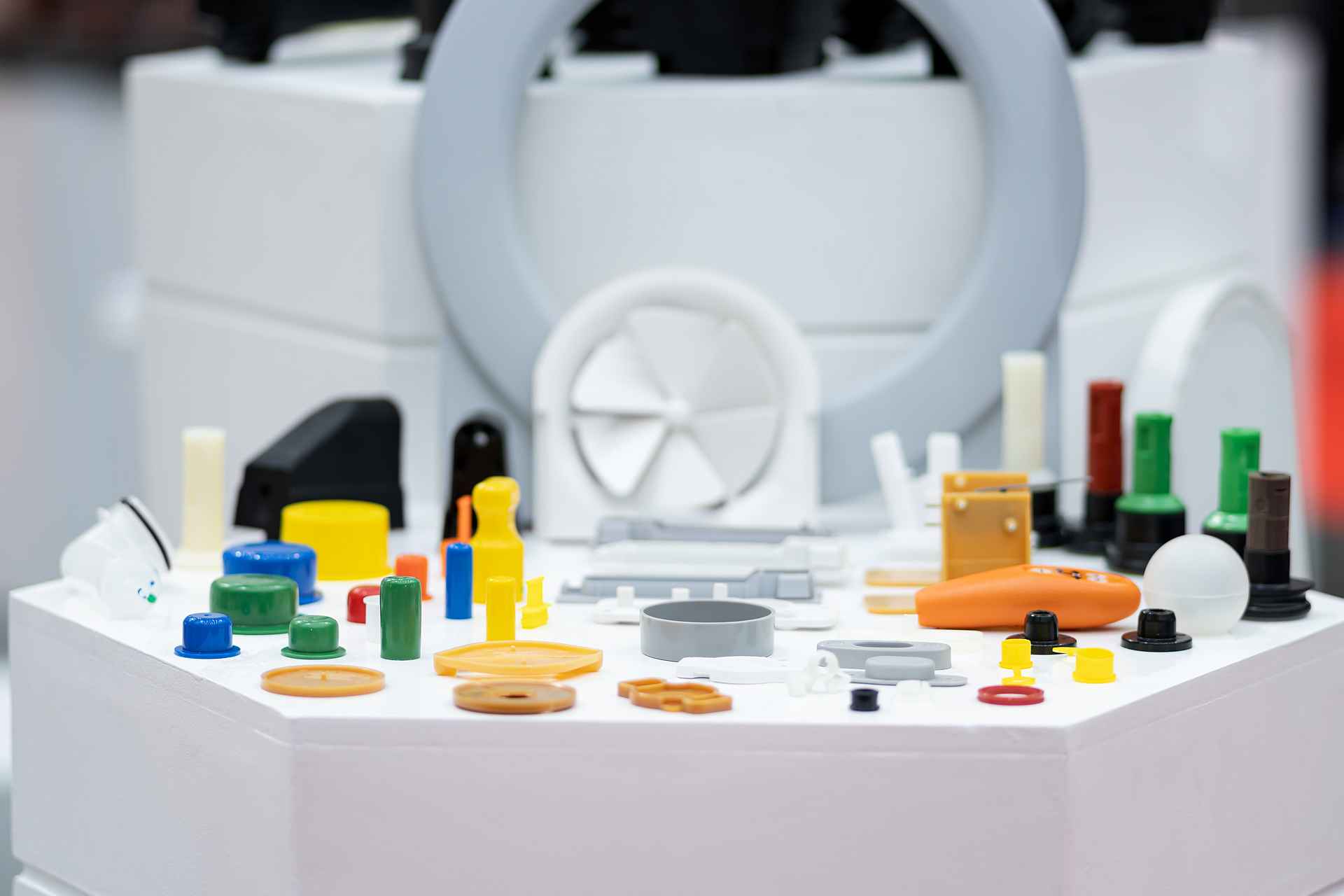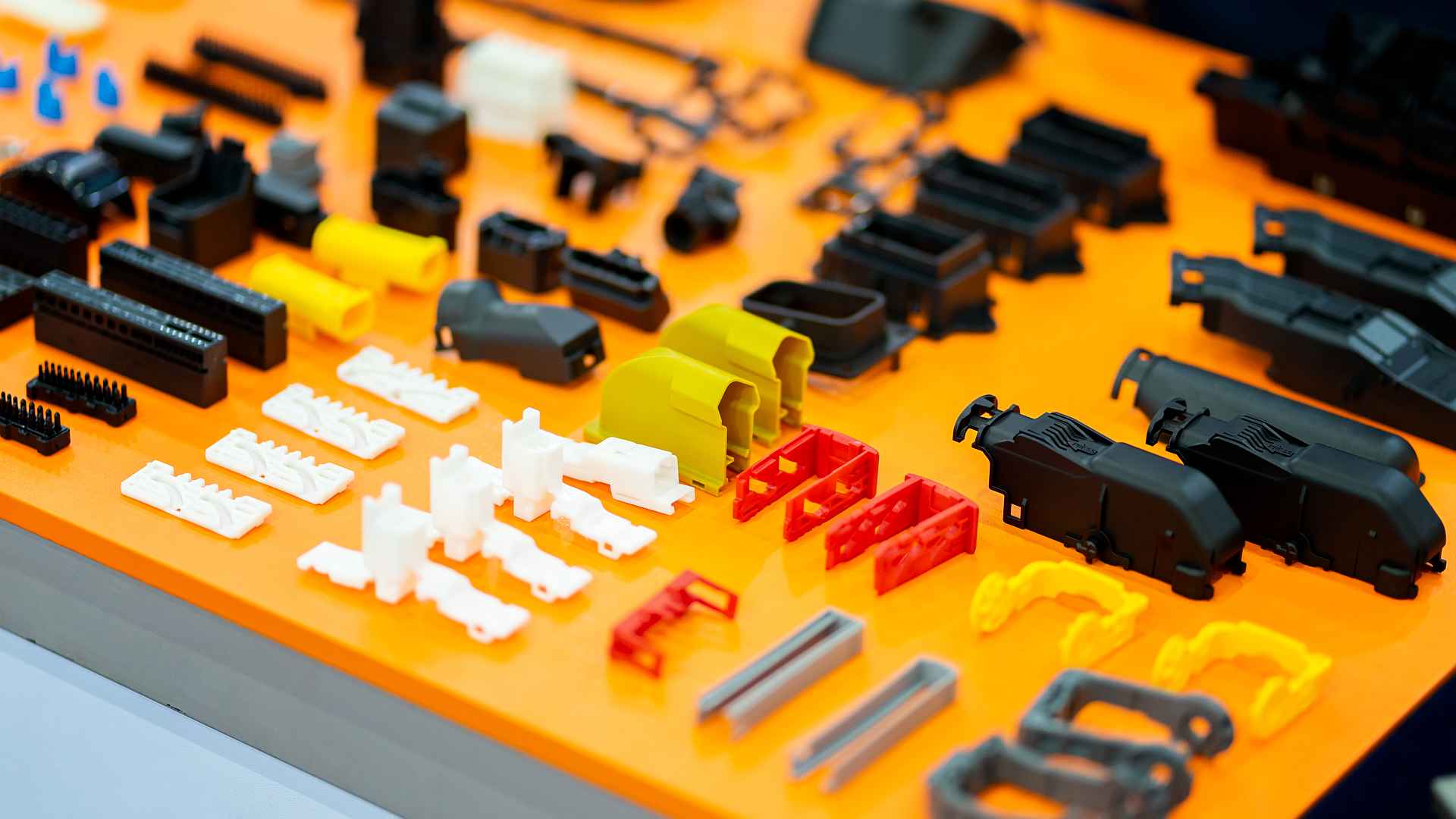Plastic injection molding services are a reliable, efficient, and scalable method for manufacturing an extremely wide range of different small parts and components. However, like all production methods, the injection molding process poses some unique challenges for small plastic part manufacturers.
In this article, we discuss some of the most common challenges and quality control issues that can arise with custom injection molded products. At AIM Processing, we apply decades of combined engineering expertise and utilize the latest production technology to overcome these challenges, delivering superior injection molded products which are manufactured to your exact specifications.The Challenges of Small Part Injection Molding
Posted: March 21, 2023 by
Jon Gelston
Tags:
Plastic Gate Design,
Plastic Injection Molding Defects,
Plastic Types,
Quality,
Plastic vs. metal,
Texture,
Small Plastic Parts,
Choosing the right plastic injection molder
The Best Uses for Small Part Injection Molding
Posted: March 1, 2023 by
Jon Gelston
Tags:
Plastic Gate Design,
Plastic Injection Molding Defects,
Plastic Types,
Quality,
Plastic vs. metal,
Texture,
Small Plastic Parts,
Choosing the right plastic injection molder
Small part injection molding is an efficient and economical manufacturing method used across many different industries and product categories.
When compared to traditional casting methods or 3D printing, plastic injection molding is quicker to set up and easier to scale. Furthermore, the injection molding process is highly automatable, making it ideal for today’s domestic customers in search of a more flexible and reliable supply chain solution.
Key Considerations when Switching Plastic Injection Molding Materials
Posted: November 1, 2017 by
Jon Gelston
Tags:
Plastic Injection Molding,
Plastic Gate Design,
Plastic Types
You’ve designed your part, created the tooling, and are ready to begin the plastic injection molding process. But then, there is a change of plans. Rather than using ABS plastic, you will now be making the parts out of nylon. No problem. Just have some nylon shipped to the manufacturer and you’re good to go, right?
Plastic Injection Molding Gate Blush: Causes and Prevention
Posted: September 19, 2017 by
Jon Gelston
Tags:
Plastic Gate Design,
Plastic Injection Molding Defects
What’s known in the plastic injection molding business as “gate blush” or simply “blush” is a cloudy or hazy discoloration of the plastic on a finished part. It is most often found near gate locations, where material enters the part. Not only is the defect in color and gloss visually unappealing, the plastic in that area can be weaker than in the rest of the part. Needless to say, it’s an issue that needs to be corrected as soon as it is discovered.
8 Tips for Picking a Gate Location
Posted: October 28, 2016 by
Jon Gelston
Tags:
Plastic Gate Design
In plastic injection molding, the “gate” is the opening in a mold through which the molten plastic is forced into the cavity, the tooling representation of your part. The type of gate (which I’ve blogged about previously) and its location are critical. In fact, it’s no exaggeration to say that gate location can make or break a part. The type and placement of the gate can affect many aspects of a project including:
Plastic Injection Molding: Gate Basics
Posted: June 7, 2016 by
Jon Gelston
Tags:
Plastic Injection Molding,
Plastic Gate Design
In plastic injection molding, one of the most important aspects of the mold design is how and where it is gated. The “gate” is the opening in a mold through which the molten plastic is injected into the final part. It is the boundary between part and scrap. The location, size, and shape of the gate can have a significant effect on everything from the structural integrity to the visual appearance of a finished piece.

 SINCE 1993 MADE IN USA
SINCE 1993 MADE IN USA 







